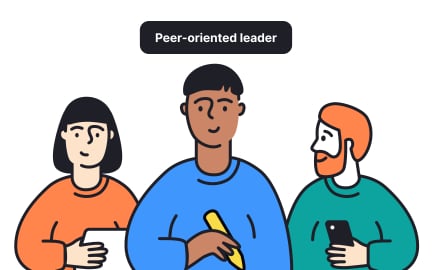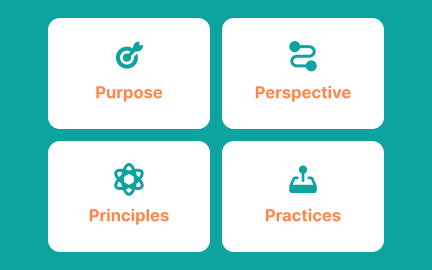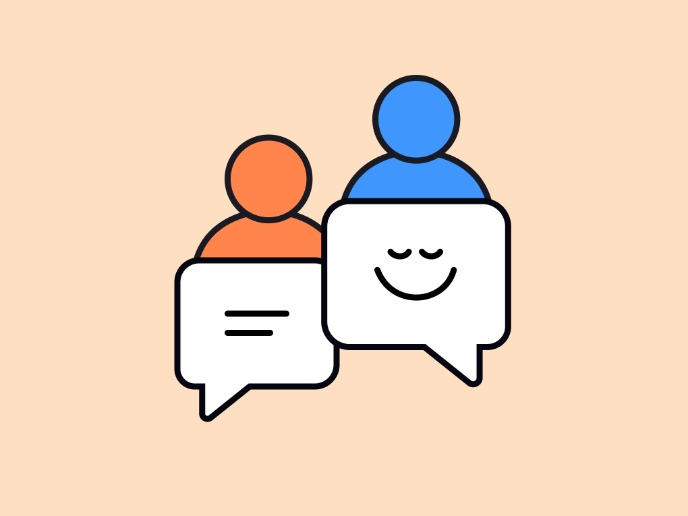Team Collaboration
Team collaboration is the shared planning, feedback, and communication that helps designers, developers, and PMs build better products together.
What is Team Collaboration?
Your team struggles with miscommunication, duplicated effort, and conflicting priorities because collaboration happens informally without systematic processes that ensure effective coordination and shared understanding of objectives and responsibilities.
Most teams assume collaboration will happen naturally without creating structured approaches to communication, decision-making, and coordination, missing opportunities to optimize team performance through intentional collaboration design and management.
Team collaboration is the systematic coordination of team member efforts through structured communication, shared decision-making processes, and coordinated work management that enables groups to achieve objectives more effectively than individuals working independently.
Teams with effective collaboration achieve 50% higher productivity, 40% faster project completion, and significantly better outcomes because team member efforts are coordinated and amplified rather than duplicated or working at cross-purposes.
Think about how successful product development teams coordinate design, engineering, and marketing expertise to create products that serve user needs while meeting business objectives, or how emergency response teams coordinate different specialties to handle complex situations efficiently and effectively.
Why Team Collaboration Matters for Performance and Results
Your team performance suffers because individual expertise and effort aren't coordinated effectively, leading to missed opportunities, conflicting work, and suboptimal outcomes despite having capable team members with valuable skills.
The cost of poor team collaboration compounds through every project and decision that could benefit from coordinated team input. You get duplicated work that wastes resources, missed insights that individual team members could have provided, and suboptimal decisions made without comprehensive team knowledge and perspective.
What effective team collaboration delivers:
Higher team productivity because coordinated effort eliminates duplicate work while enabling team members to build on each other's contributions rather than working in isolation without synergy.
When collaboration is structured effectively, team output exceeds the sum of individual contributions because team members enhance rather than duplicate each other's work.
Better decision-making quality through collaborative processes that incorporate diverse perspectives, expertise, and information that no individual team member possesses completely.
Faster problem resolution because collaborative problem-solving leverages different team member skills and knowledge to identify solutions more quickly than individual problem-solving approaches.
Enhanced innovation and creativity as collaboration creates opportunities for idea combination and development that generate breakthrough solutions through team creativity rather than just individual insights.
Improved team satisfaction and engagement through collaborative work that provides social connection, shared purpose, and mutual support that makes work more fulfilling and sustainable.
Advanced Team Collaboration Strategies
Once you've established basic team collaboration capabilities, implement sophisticated coordination and performance optimization approaches.
Cross-Functional Collaboration and Integration: Coordinate collaboration across different departments and expertise areas rather than just within individual teams that might have limited perspective on larger objectives.
Remote and Distributed Team Collaboration: Optimize collaboration for teams that don't work in the same physical location through technology and process adaptation that maintains collaboration effectiveness.
Agile and Iterative Collaboration Processes: Adapt collaboration to rapid development and changing requirements through flexible processes that maintain coordination while enabling quick adaptation.
Collaboration Analytics and Performance Measurement: Use data and feedback to optimize team collaboration effectiveness rather than just hoping collaboration processes work without systematic measurement and improvement.
Recommended resources
Courses

Leadership Mastery

Cross-Functional Design & Product Teams

Building Agile Teams
Lessons

Mentorship Program

Leadership Styles











